Lux Aeterna to land first reusable satellite in Australia
The agreement with Southern Launch also covers what would be the startup’s first reuse mission for its low Earth orbit Delphi spacecraft, slated for 2028.
“Lux Aeterna has undisclosed defense and commercial customers confirmed for its 2027 re-entry mission,” Lux founder and CEO Brian Taylor told SpaceNews.
“For the 2028 reuse mission, there is strong demand and several ongoing discussions.”
Lux is seeing demand for reusable satellite architecture across defense, intelligence and commercial markets. Targeted applications include short-duration technology demonstrations, hypersonic and materials testing, in-orbit servicing and in-space manufacturing missions.
The startup has already secured multiple U.S. government partnerships, including Cooperative Research and Development Agreements with the U.S. Space Force’s Space Systems Command and the Air Force Research Laboratory, as well as a Space Act Agreement with NASA’s Ames Research Center.
Koonibba spans more than 41,000 square kilometers of sparsely populated land, which Lux said makes it well-suited for spacecraft recovery operations due to its low air traffic and regulatory flexibility.
The site has supported multiple orbital reentries, with microgravity research company Varda Space Industries returning capsules from its W-2 mission in February and its W-3 mission in May. Varda’s W-4 mission is currently in orbit and is scheduled to land at Koonibba before the end of the year, followed by a yet-to-be-launched W-5 mission.
In September, Varda signed an agreement with Southern Launch enabling up to 20 capsule reentries in South Australia through 2028.
Development milestones
Lux aims to complete critical design reviews for Delphi-1’s subsystems this year, ahead of parachute drop tests planned in the continental United States in 2026.
Unlike capsule-based reentry vehicles that treat thermal protection as an external shell, Delphi is built around a rigid heat shield that serves as the satellite’s primary structural bus.
Taylor said Delphi-1’s return to Earth “will be autonomous based on algorithms developed in-house,” using a heritage chemical propulsion system from an undisclosed supplier to guide reentry.
Lux Aeterna emerged from stealth in June with $4 million in pre-seed funding led by Space Capital, with participation from Dynamo Ventures, Mission One Capital, Alumni Ventures, Service Provider Capital and strategic angel investors.
Southern Launch operates the site in partnership with the Koonibba Community Aboriginal Corporation, which represents the local Aboriginal landholders.
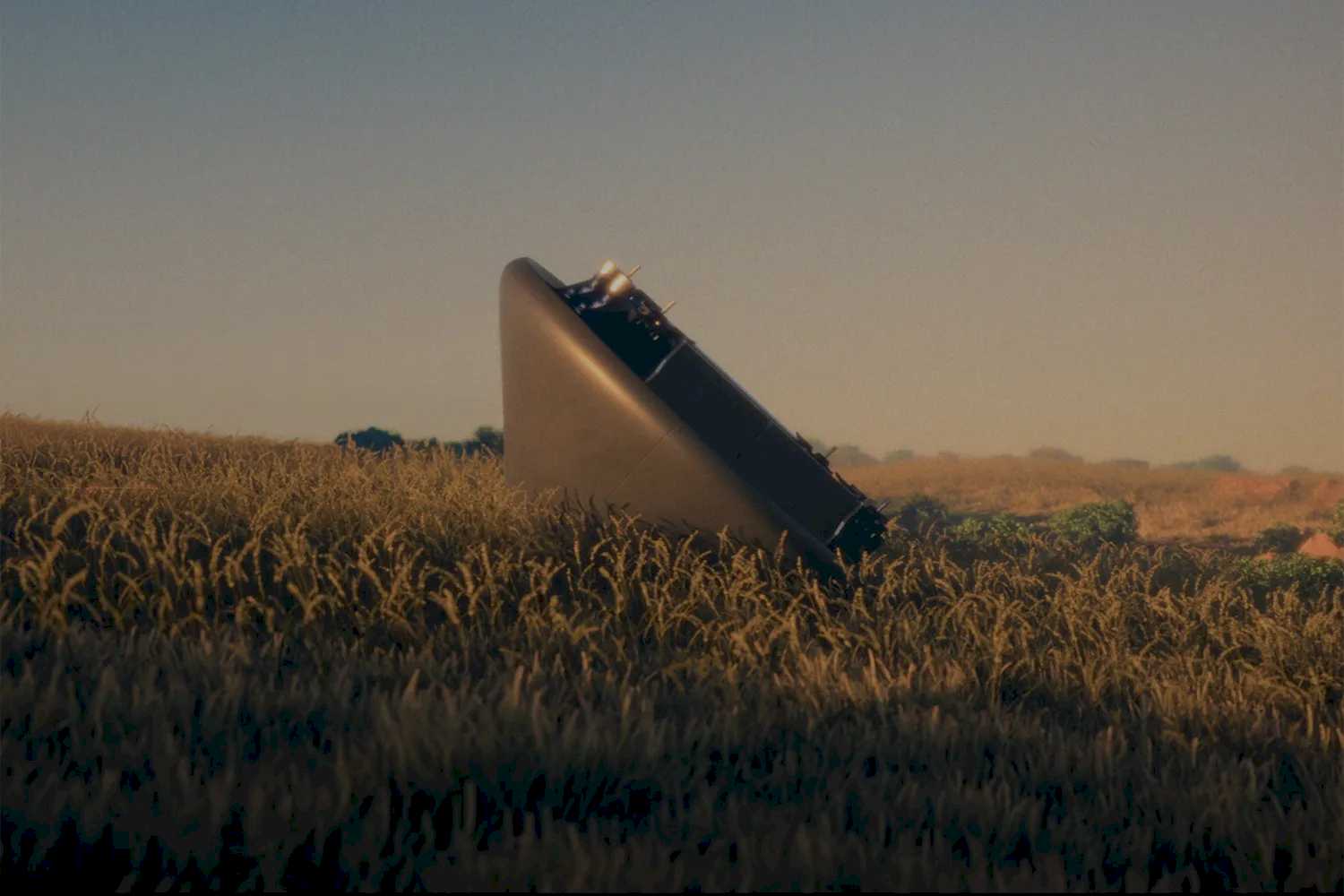

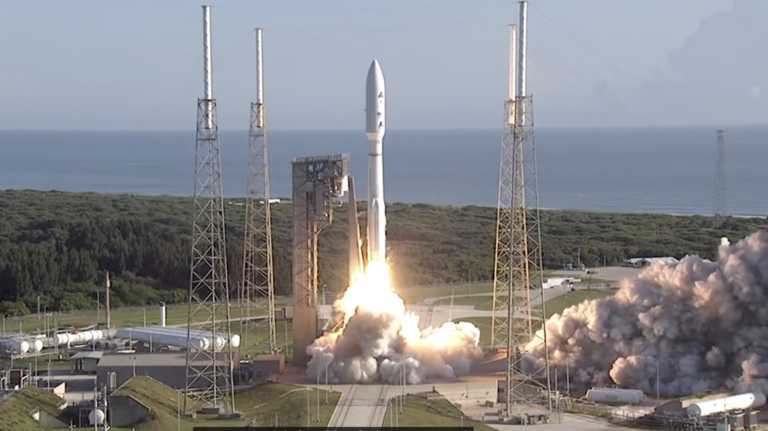



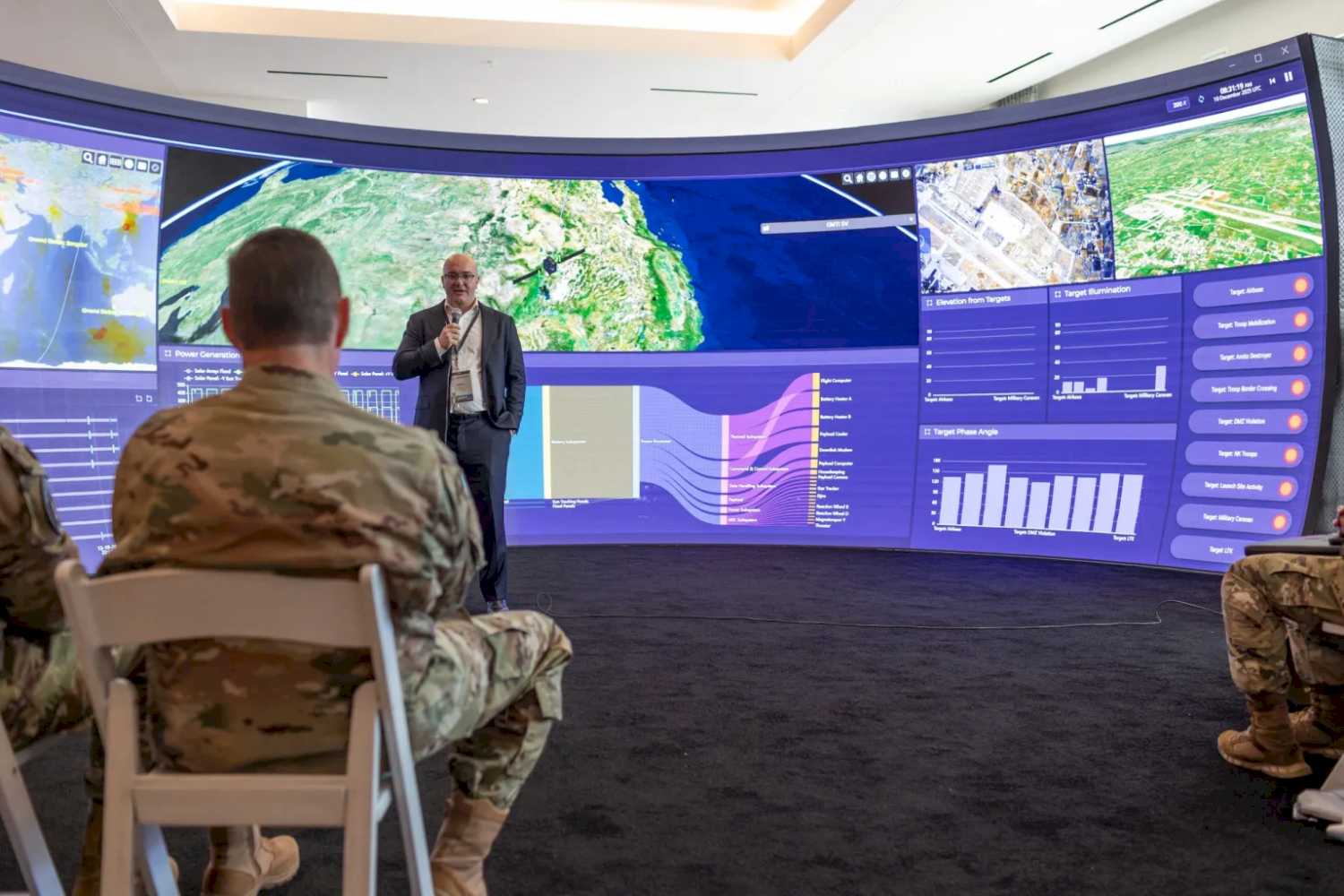
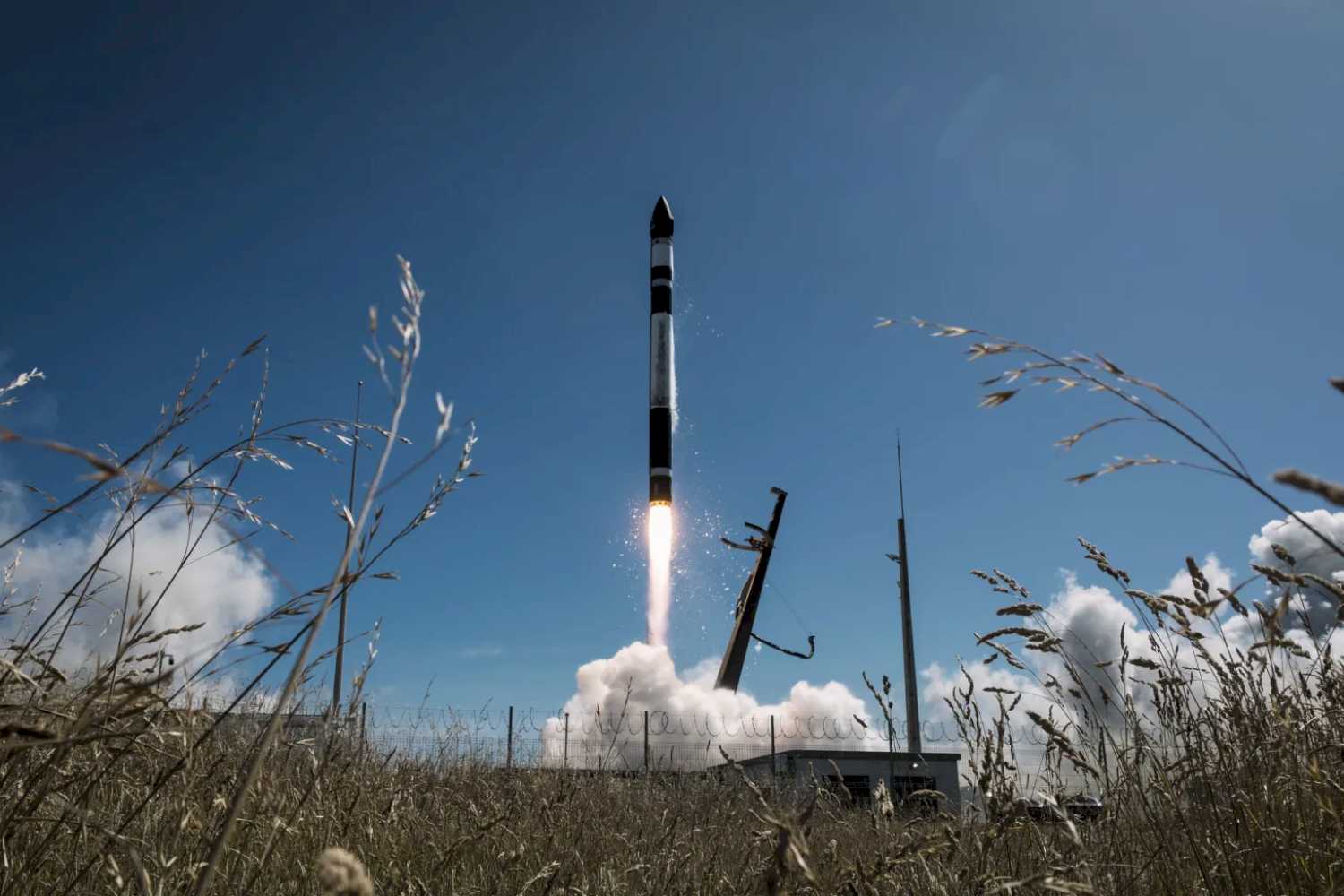
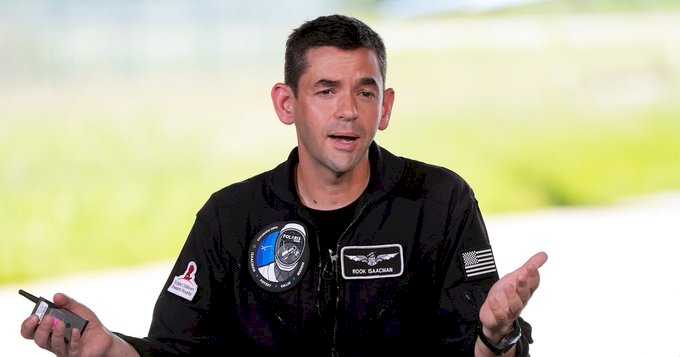







Space news on Umojja.com